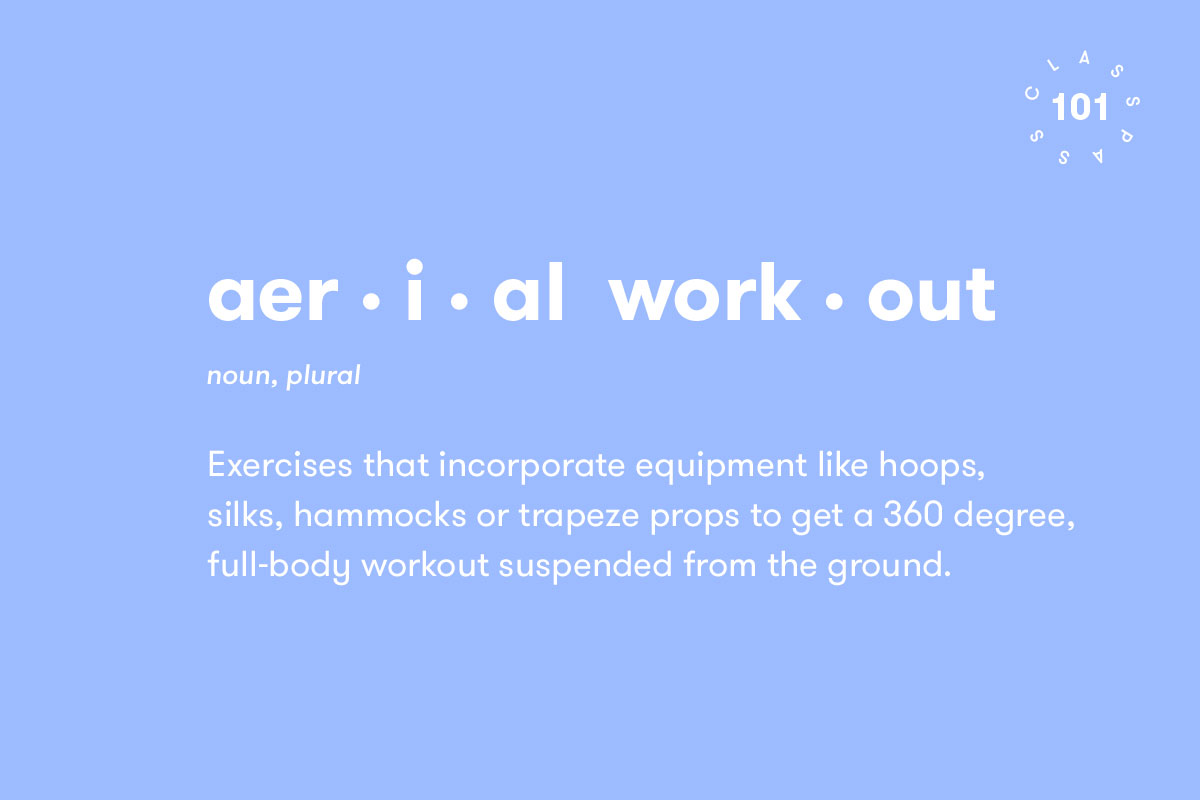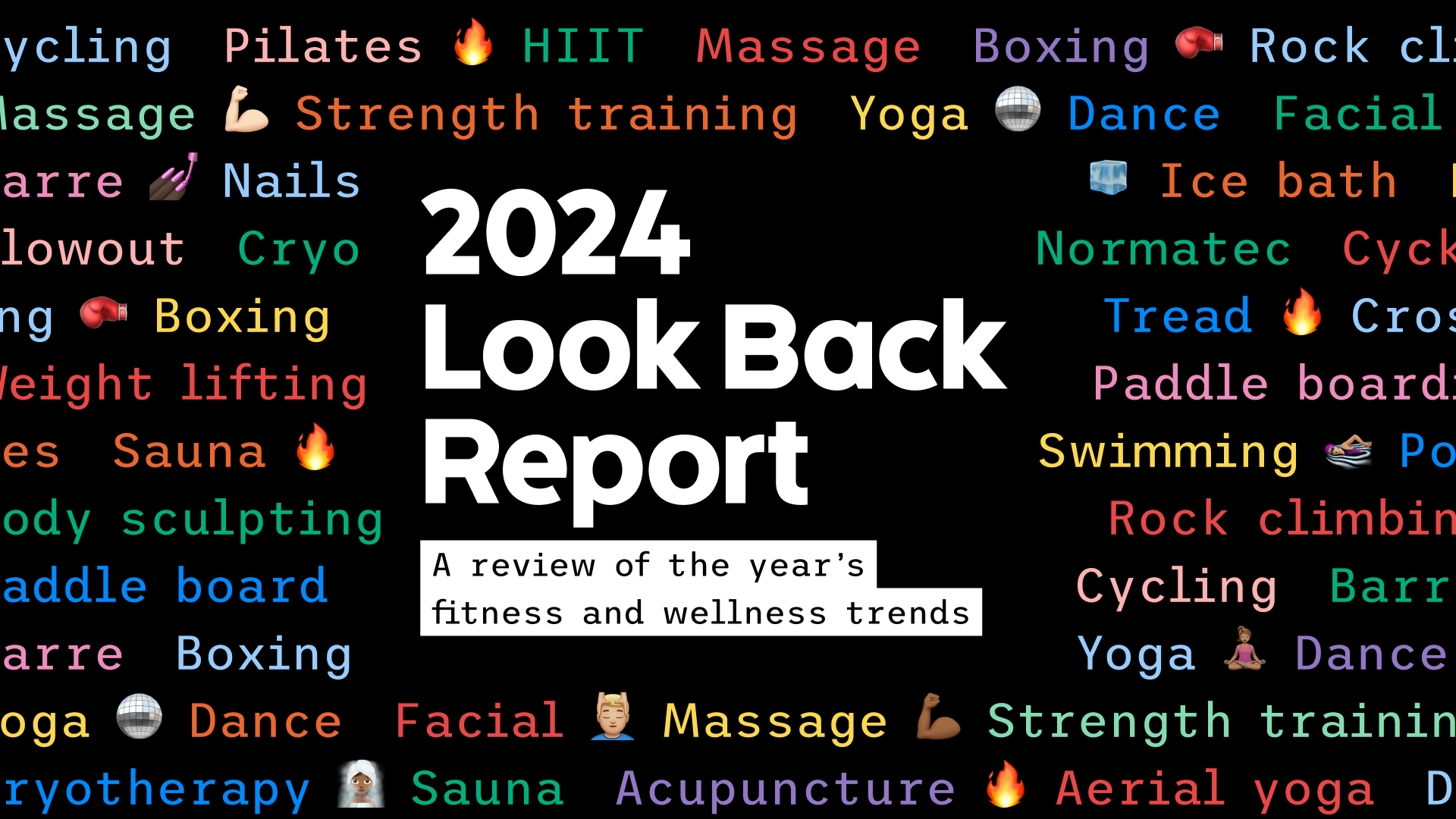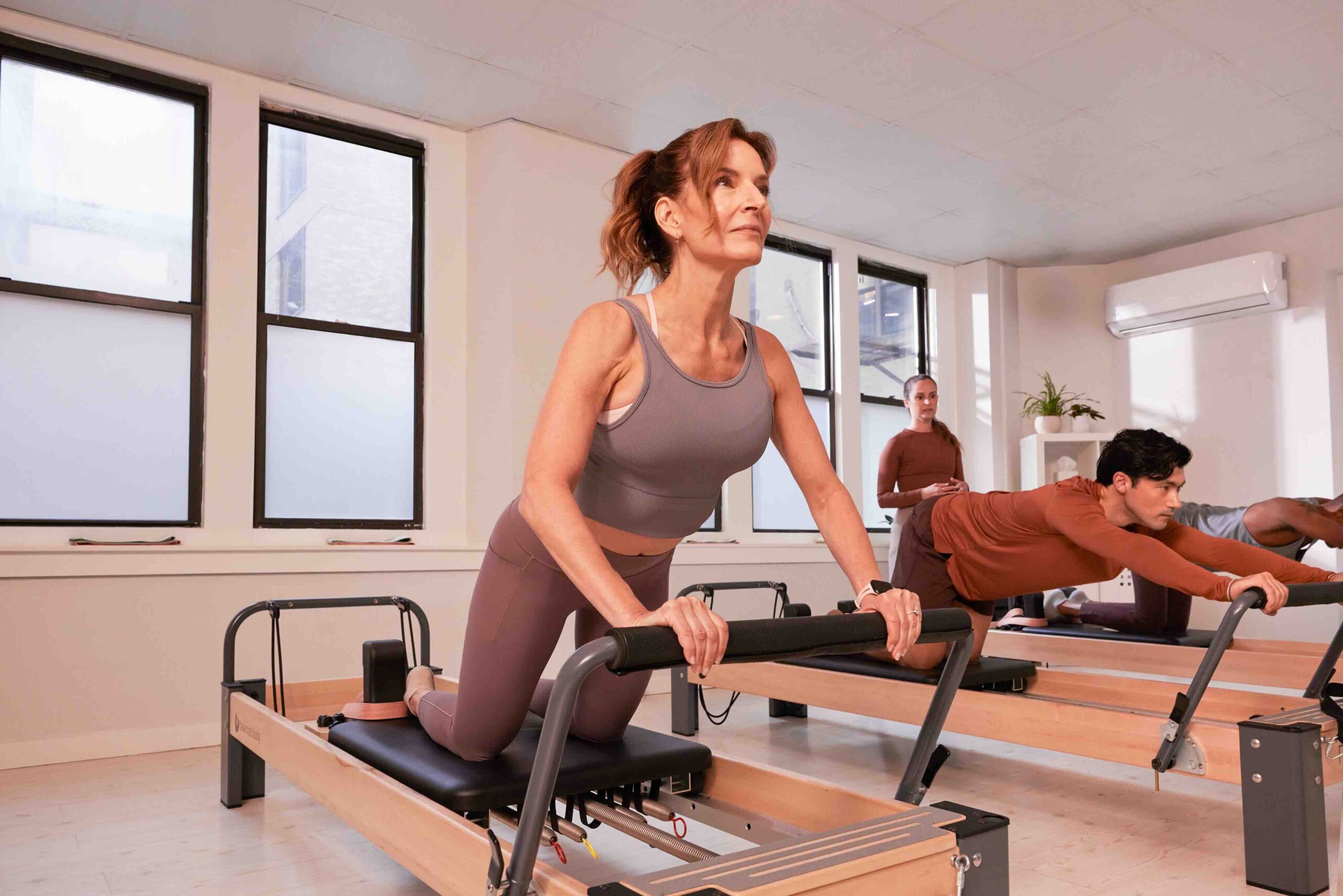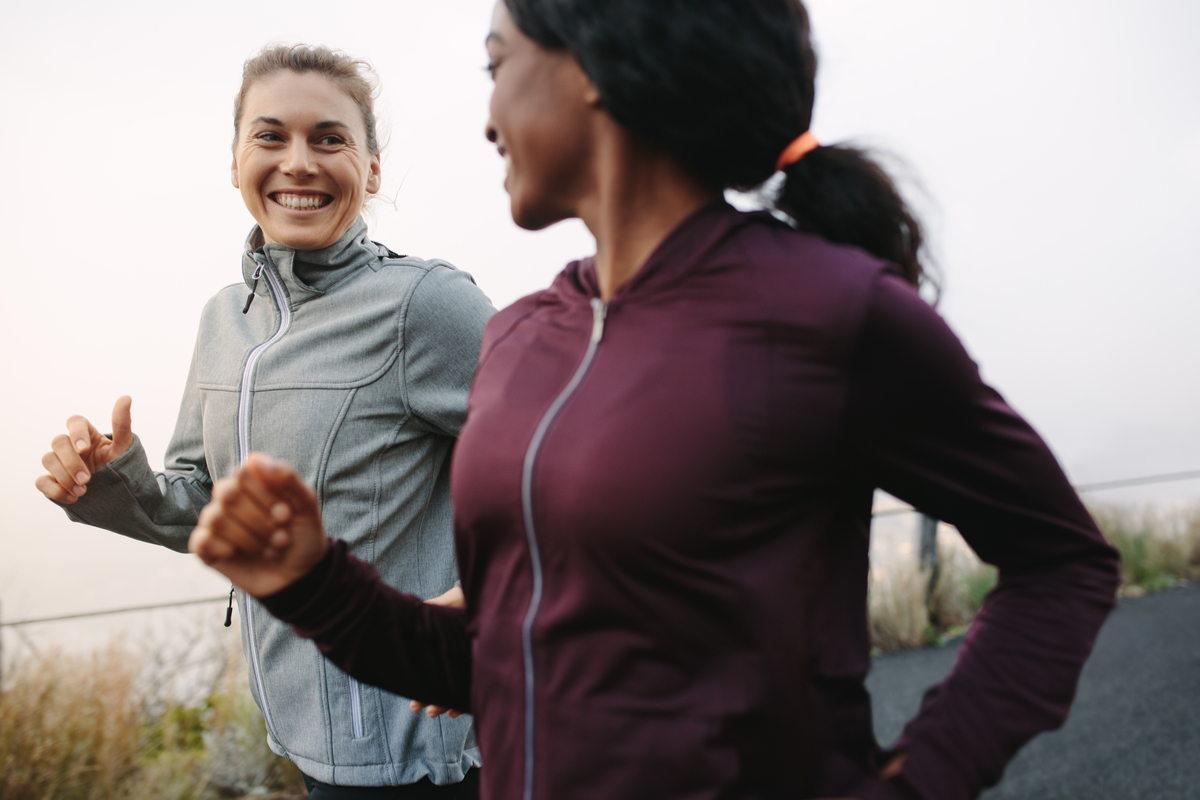Aerial arts—the spectrum of activities that includes “aerial acrobatics” and “aerial yoga”—calls to those who are attracted to an element of performance. This is an exercise that is as artistic as it is athletic. It’s a dance, in the air. Think: Cirque du Soleil. (Hey, we can dream).
What to know about aerial workouts
Students with “body awareness” (like dancers and gymnasts) are the first to adapt to the exercise, but aerial is for all, especially those who are interested in developing a skill while strengthening their muscles. These are the classes where students can build their cores (as well as their arms and backs) with poise. Aerial isn’t necessarily easy or breezy, but—gosh—is it beautiful!
How to prepare for an aerial workout
Students should be prepared to be upside down, which can cause nausea. Cater to your stomach by nourishing with the basics, like oatmeal. Also? Say “no” to alcohol and “yes” to water. Exercise is exercise, but aerial is different—in the grandest of ways. Some instructors have compared the nausea to seasickness or even vertigo. Their recommendation? A “sea-band” that addresses the issue with acupressure.
Exercises like planks and/or pull-ups can prepare your muscles for the moves, but what’s better than trying a class? We promise an experience that is addicting—yes, it’s that special.
What to wear to an aerial workout
Pretend to be auditioning for Cirque du Soleil by wearing Spandex that are sleek without embellishments, like buttons and zippers, which can irritate. Cover your arms/legs with fabric because the instruments for aerial can be harsh and apparatuses like aerial ropes are known to burn when skin is bare. Some instructors have recommended ACE brand ankle/wrist braces for protection because, depending on the studio, students may or may not be allowed to wear socks. And remember to remove your jewelry, which can break with the twists and turns of the exercise.
What to bring to an aerial workout
Classes start on yoga mats under the apparatuses, which can be rented, but students are welcome to bring their own—whatever is easiest. Remember to pack the essentials: extra elastics plus water and more water. Studios will provide the rosin (yes, rosin—as in pool halls and/or violin lessons). Rosin ensures that your hands can stick to apparatuses like aerial silks.
What to expect from an aerial workout
Meet the instructor and advise him/her about things like injuries—a variety of which can benefit from the exercises of aerial. Then, become familiarized with the studio and its apparatuses. Ask questions! Understanding a new exercise can be complicated and confusing. This is an opportunity to become acclimated and educated.
Classes commence with 10 minutes on the mat before students climb onto their apparatuses, which are positioned about one to three feet above the ground. The apparatuses depend on the class, but they can include: aerial ropes, aerial silks, aerial straps, the hammock, the lyra (which is a steel hoop) and the trapeze (which is a steel bar). Beginners are advised to start with the aerial silks for aerial acrobatics and the hammock for aerial yoga.
Different movements can be challenging for different students. For example, some can press on your hip flexors while some can cause your limbs to hang in a position that is, well, uncomfortable. Be sure to communicate with your instructor—he/she is there to assist.
Feeling woozy? Step onto the floor and breathe. It’s OK to feel “grounded,” even when it comes to aerial.
What to do after an aerial workout
Your limbs should feel limber because suspension is known to lengthen your bones and loosen your muscles. Like Pilates, aerial is an exercise that encourages litheness.
Expect to notice bruising and/or redness from the apparatuses. It’s part of the process. Experts are known to develop calluses on their hands, but also on their ankles and their knees.
Return for classes and, within a month, your core will be strong and your muscles be popping. And, within a year, you could be doing the splits—in the air.
Further your practice at home by purchasing a bar for pull-ups. Can’t do a pull-up? It’s okay, just hang. We’re certain you’ll know how after your introduction to aerial arts.







